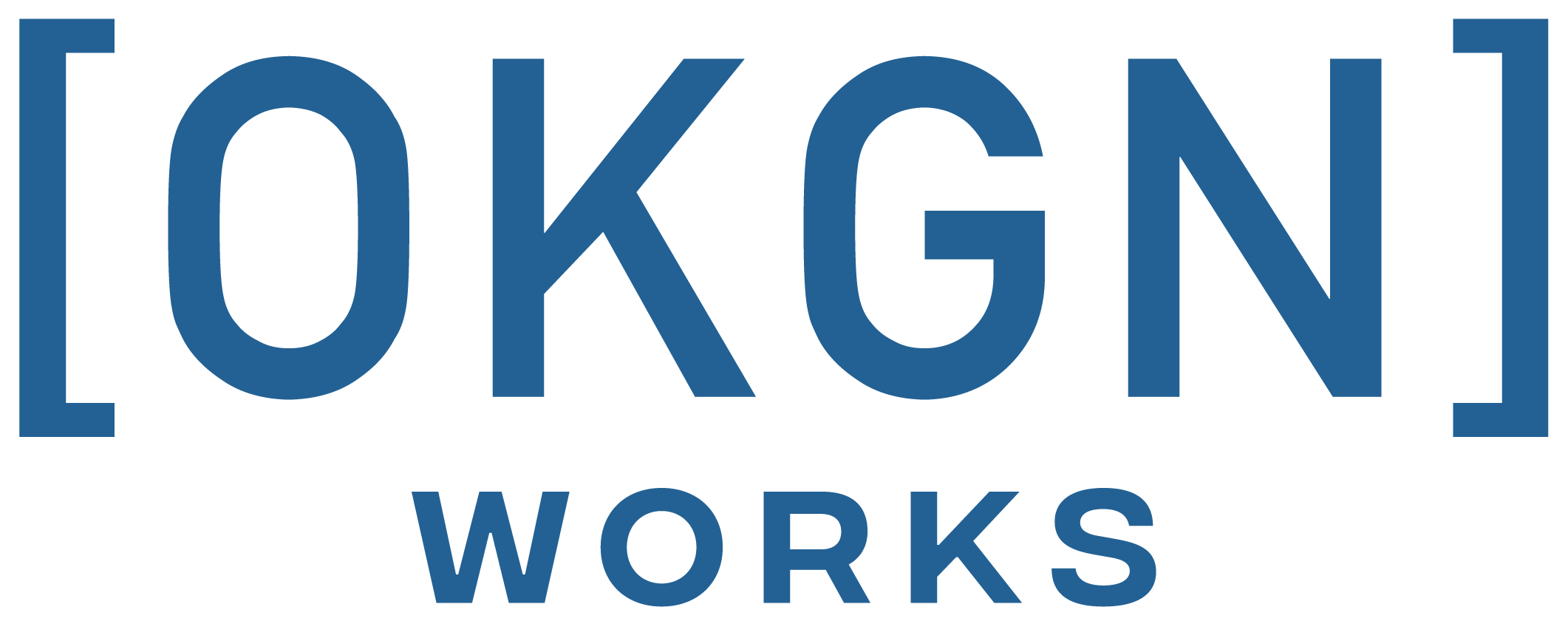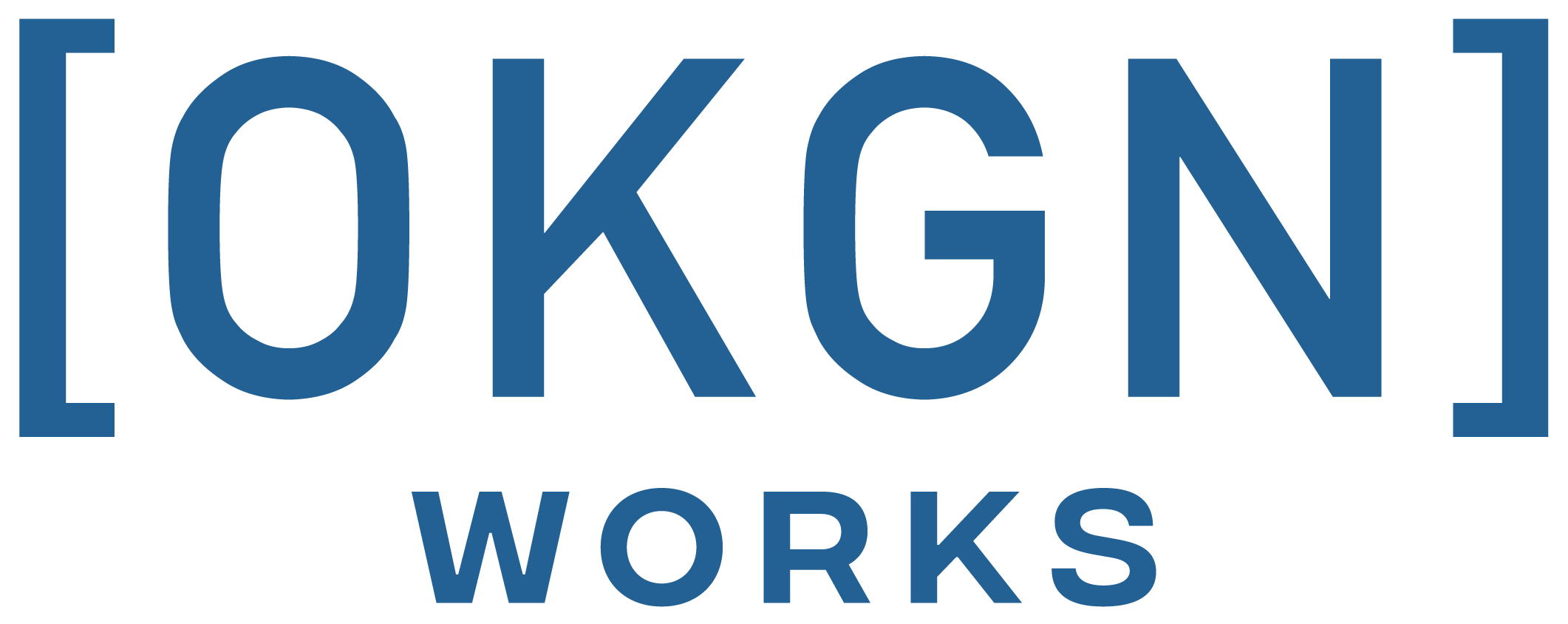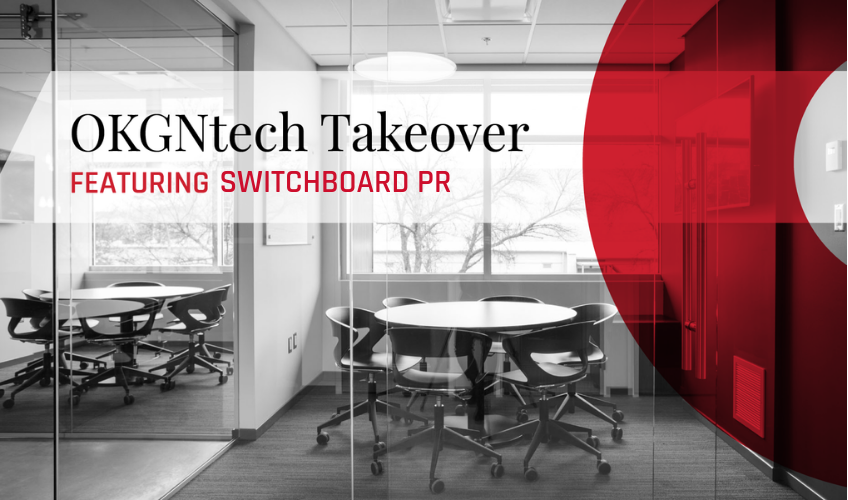Switchboard PR joins us as a new #OKGNtech columnist, starting with the first edition of OKGNtech Takeover. A strong community can promote new ideas and can also provide essential support. The power of community is undeniable and the Okanagan tech community is no exception. Our community is incredibly collaborative and with so many companies sharing helpful business tips we knew we had to share.
Using PR for Your Business: 4 Myths, Debunked
Imagine you’re sitting across from someone in a cafe. Your coffee date has an exhausting job: He or she arrives at times of crisis to manage situations that are already out of control, working in an industry that’s notorious for putting people in compromising positions. If you’ve seen classic films like “All the President’s Men”, you might see a description like the one above and picture a PR professional. Chances are, however, that if the person you’re imagining has a job that revolves around damage control, they’re in firefighting or litigation – not public relations.
When it comes to PR, the myths don’t end there, and we think it’s worthwhile to bust some of the more pervasive ones…
Media relations is one strategy used by PR companies. The main difference between media relations and advertising is that advertising is paid visibility about your organization and media relations is earned.
Think about a FinTech company looking to get featured in a large tech publication about the industry award it just won. The cost of sponsored content in the publication could be in the thousands. Compare this to earned coverage, where PR teams and agencies reach out to media outlets, and media reporters decide for themselves if the stories are worth sharing. There’s no payment owed to the outlet, and the content is typically perceived to have more credibility. Think of advertising like flipping someone your business card, whereas with media relations, you get a recommendation from a trusted source.
Here are some things you can technically do yourself: create a website, come up with a crisis plan, email reporters, design a logo, put together a stakeholder event and wordsmith the copy that will represent your business online or in print. Here are some other things you can technically do yourself: cut your own hair, defend yourself in court, remove that oddly-shaped mole… See where we’re going with this one?
When it comes to managing things that fall under “public relations,” people don’t know what they don’t know (often until it’s too late).
If your organization experiences company-wide layoffs, you’ll need an internal communications strategy to explain why this is happening and what it means for the company and its staff. Sure, you could create the strategy yourself — but if you don’t have the communications experience that comes with working in PR, you risk negatively impacting employee morale, performance, retention and culture.
It’s a common misconception that the results of PR can’t be measured and tied to a return for your business.
To paint a picture of where PR fits into your business, consider the marketing funnel. It has four distinct parts: Awareness, Consideration, Conversion and Loyalty & Advocacy. PR fits into awareness and drives traffic and leads to your organization.
PR comes in all forms (media relations, event planning and communications to name a few). Depending on the specific use of PR, you can measure the performance in a variety of ways. To measure the performance of your PR campaign, you can track the number of media placements and impressions your business receives. Getting press coverage in a variety of outlets also increases brand awareness within a targeted audience. And you can use employee surveys to measure the impact of internal communication strategies within your organization.
Would you want your company mentioned in the news because of a product malfunction? Or because one customer complaint went viral? No!
Remember that song “Roses” by Outkast? Any PR professional worth their salt knows that candy coating bad news is a sure-fire way to throw your brand in the bin. A quality PR agency spends its time getting sh*t done to make sure their client’s reputation doesn’t suffer in the first place — not trying to make sh*t smell like roses when things go off the rails.
When it comes to public perception, it takes five positive interactions with the public to mitigate one negative, so you save time, money, sweat and tears by getting PR jobs done right the first time (see point number two). Having great PR means that you have external champions who will respond on your behalf, especially those on social media.
The best time to get PR professionals involved is when things are going well for you as a business – which is precisely the time when most businesses get overconfident and think they can do the work themselves.
About Switchboard PR
Switchboard is a full-service public relations agency. What does that mean exactly? They solve problems, tell stories, connect with people and connect people to each other. Most importantly, they help their clients achieve their biggest, boldest goals, so they can maximize their impact and create a better world.
Original Article: Using PR for Your Business: 4 Myths, Debunked






